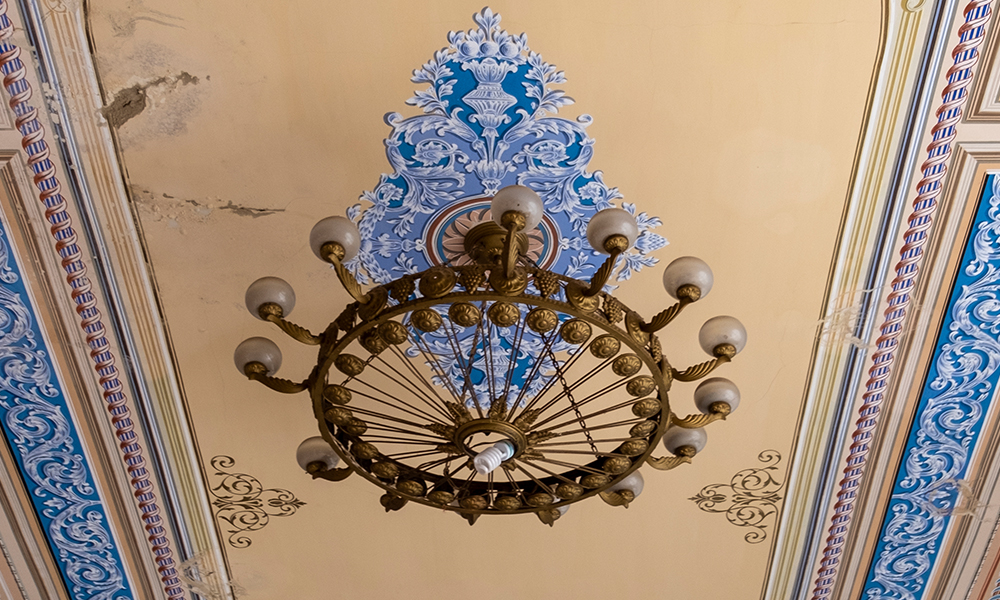In a framework of the 'tegh-tegh' mobility project of CSN Lab, artist, curator, and researcher Vigen Galstyan examined the interiors of Shirak and Tavush regions. Since 2018 Vigen has undertaken an initiative to uncover and explore the traces of 20th-century social, political, and cultural processes within the interiors, everyday practices, and household artefacts across various regions of Armenia. Vigen has dedicated years to document matters related to a complex past that is vanishing on one hand and acquiring new layers and meanings through the time on the other. The project primarily consists of analytical text, oral stories, and visuals. The author's objective is to transform the unquestioned Soviet legacy, cultural heritage, and complex past into a project that serves as a foundation for comprehending the transformations of the 20th century, the establishment of Armenian cultural identity, and the impact of colonial and imperial systems on it, the echoes of which are evident in modern times.
Within the framework of the "tegh-tegh" mobility project, Vigen Galstyan studied and documented the remnants of interiors preserved in Tavush and Shirak from the end of the 19th century to the beginning of the 20th century. In Dilijan, the researcher has discovered and documented unique examples of preserved architectural buildings dating from the 1950s, 60s, 70s, and 80s, along with representative interiors of those eras. The artist emphasised the noteworthy discovery of the Artsvaberd’s house of culture, constructed in the early 60s. Its distinctiveness lies in the unique decoration, integrating elements from both neo-national and colonial styles. This building serves as a vivid example of the self-expression and rebellion demonstrated by the local community under the oppressive communist regime.

In the fieldwork conducted in the Shirak region, Vigen highlights several noteworthy discoveries. These include a private house constructed in the 19th century in the historical "Slabodka" district, representing the cosmopolitan city during the late imperial period, the "Dzitogyants" museum, which captures the essence of urban life, and the "Kumairi" museum-reserve in Gyumri, that provides insights into the city's history. In addition, Vigen explored the central railway station and the club of the railway station workers.
According to Vigen Galstyan, the “tegh-tegh” project served as the foundation and catalyst for several significant discoveries in his research on issues related to Soviet heritage and the complex past. "This project was an important encouragement for me because often, you initiate, start, and carry out the project independently without the support that should be available. Such projects are very important for us to continue our work. Very often, you work in a field where you see that you are almost alone”,- said the artist.
The stories and visuals gathered as part of the “tegh-tegh” project will be included in a book that is set to be published in 2024 by the “ManBan” publishing house. This publication will integrate an essay and photographs, analysing the socio-political aspects of the Armenian interior in the 20th century.
To gain a deeper understanding of Vigen Galstyan's project and explore the nuances of resistance against colonial systems expressed through interior details and household items,please listen to the podcast presented below.
“tegh-tegh” is supported by the Danish Cultural Institute (DCI) in the framework of the “New Democracy Fund” (NDF) project.
